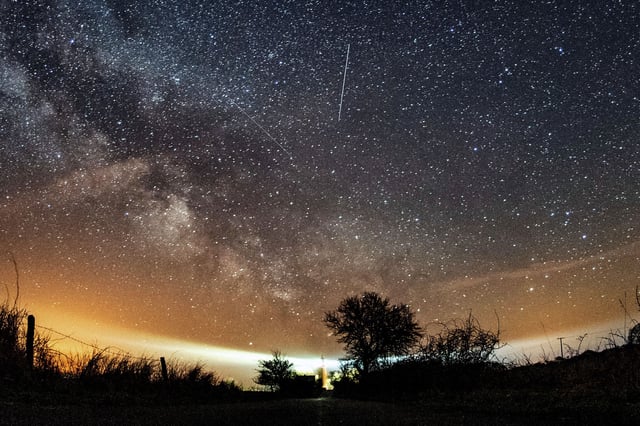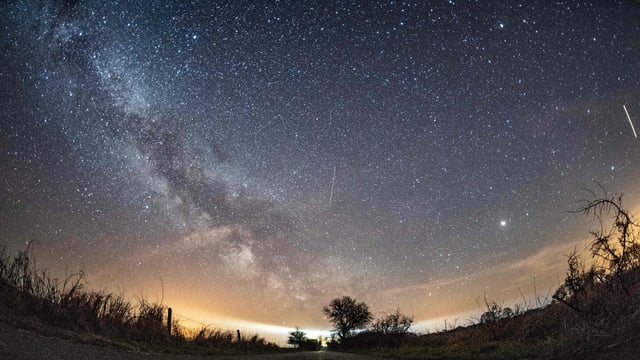Overview
- The Lyrid meteor shower, one of the oldest known celestial events, peaked on the night of April 21 into the early hours of April 22, offering 10–20 meteors per hour in dark-sky locations.
- Observers in the Northern Hemisphere reported sightings despite a 40% waning crescent moon and mixed weather conditions, with some areas experiencing partial cloud cover.
- The meteors, originating from the debris trail of Comet C/1861 G1 Thatcher, are best viewed between midnight and dawn, with the radiant point near the constellation Lyra.
- Experts recommend dark, light-pollution-free locations and patience, as meteors can appear anywhere in the sky and require time for eyes to adjust to the darkness.
- The Lyrids will taper off through April 26, preceding the Eta Aquariids meteor shower, which is set to peak in early May.



